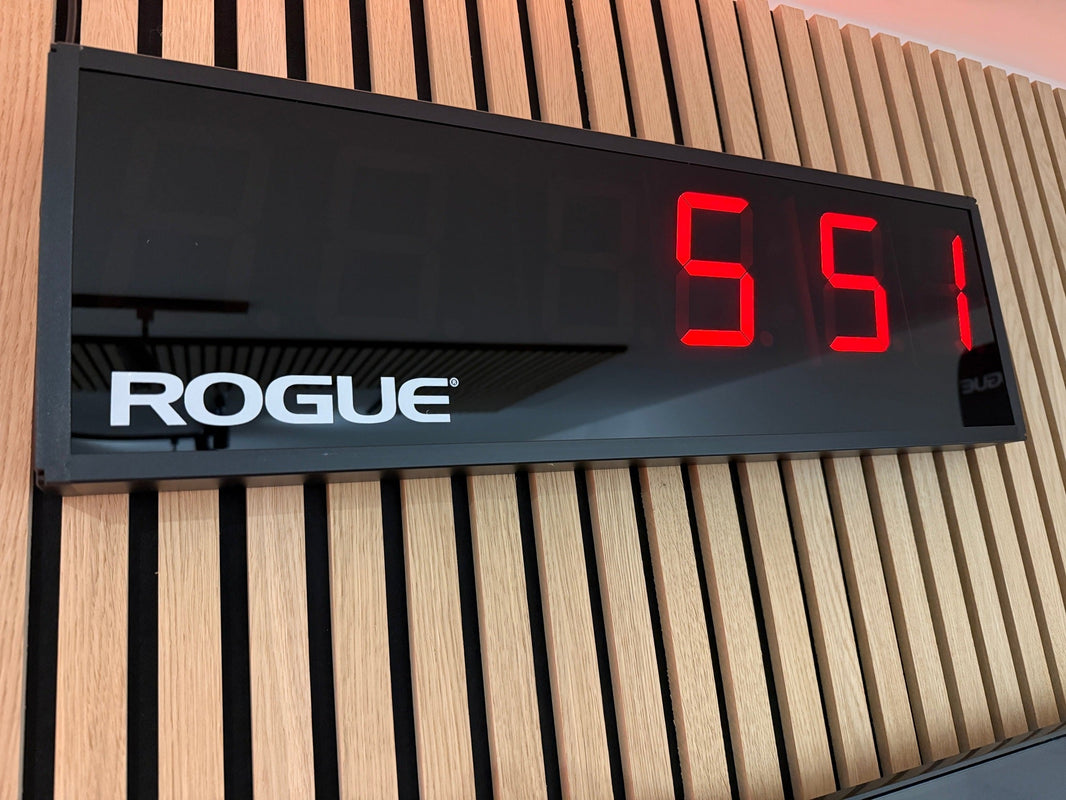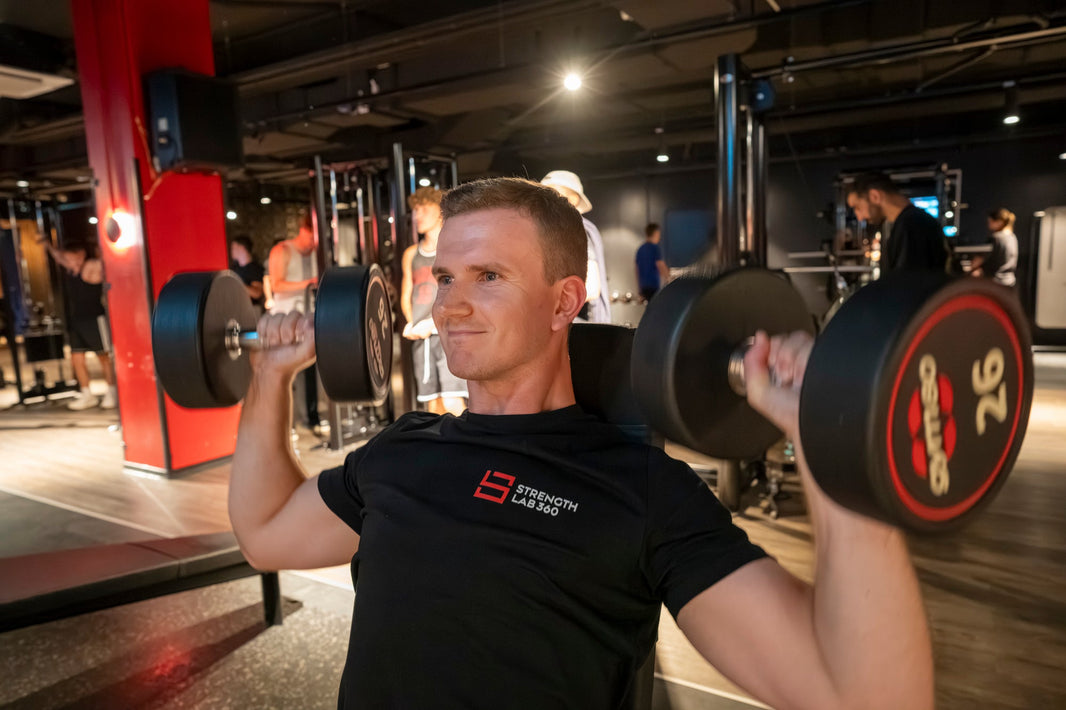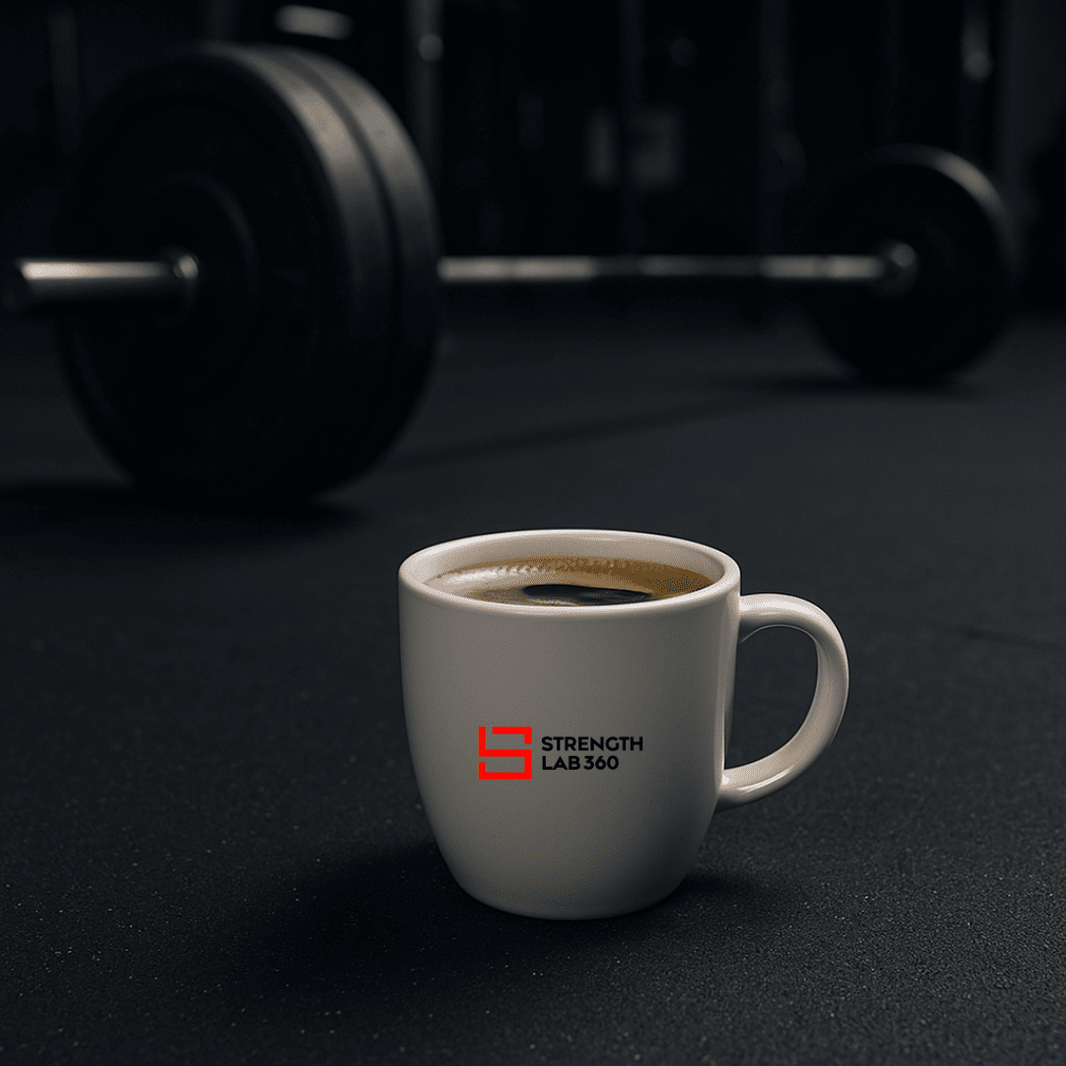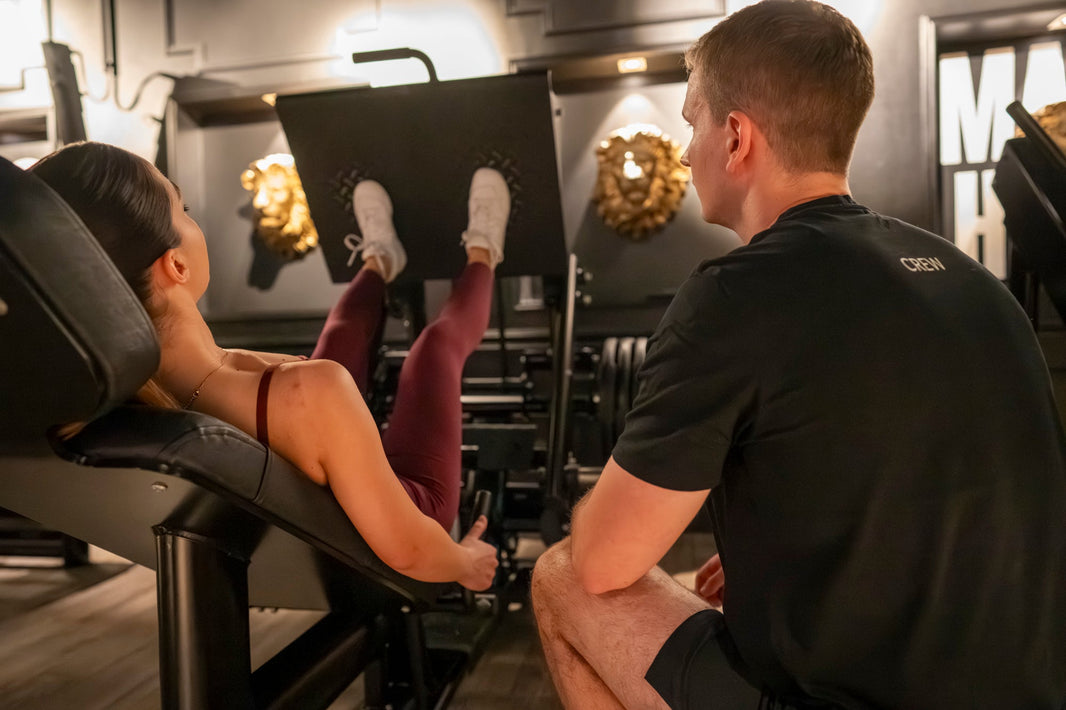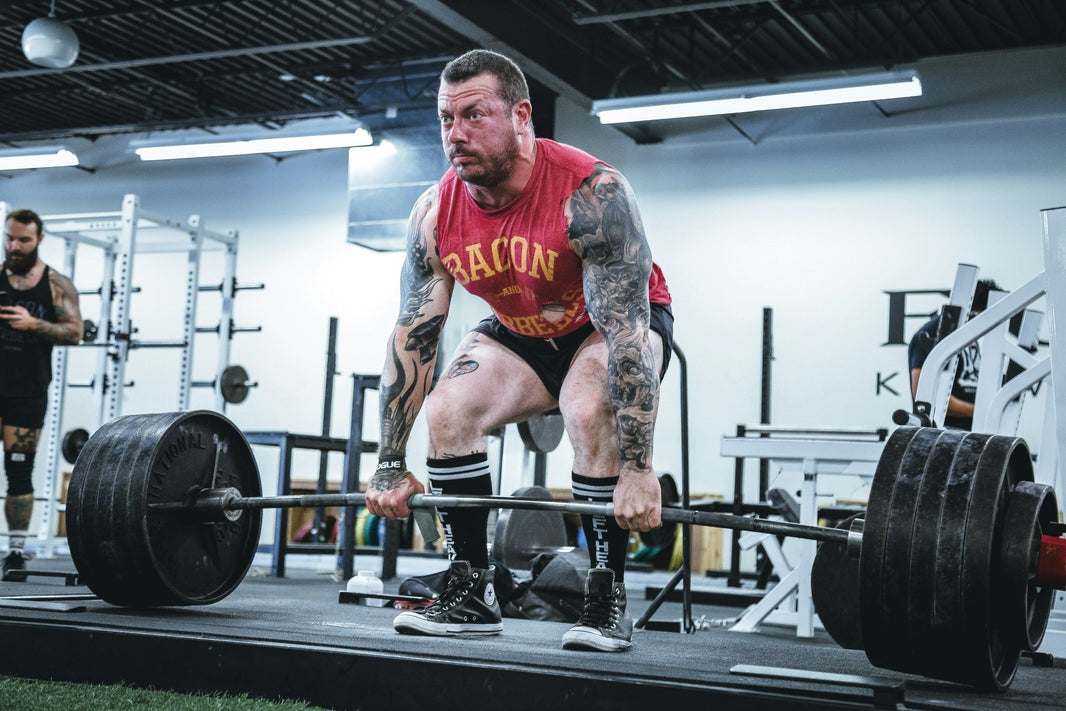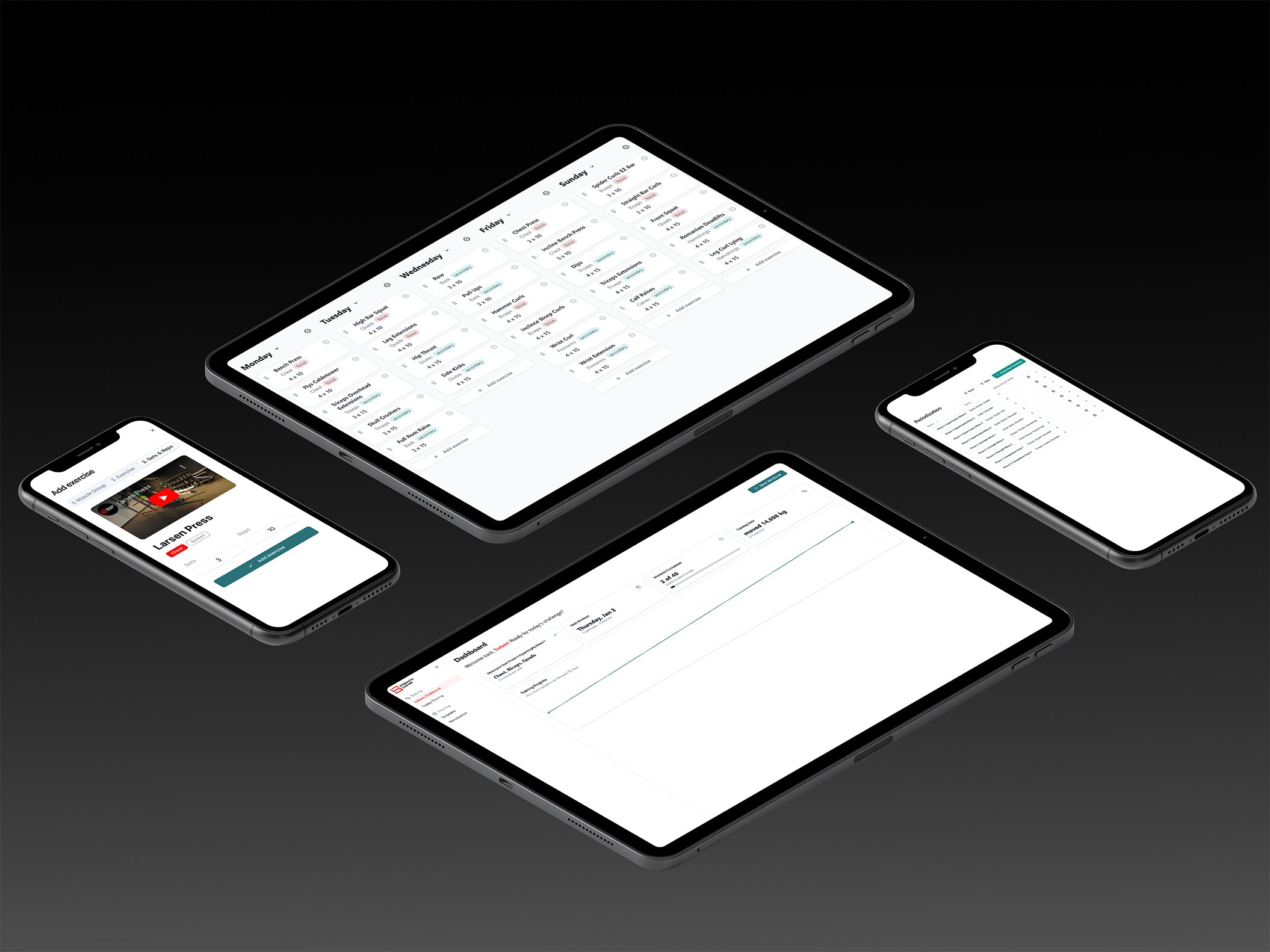The myth revolves around the belief that training to failure on every single set is essential for muscle growth. While training to failure can be a valuable tool, overusing it comes with significant downsides:
- Overtraining: Constantly pushing your muscles to failure can lead to excessive fatigue, slower recovery, and, eventually, overtraining.
- Injury Risk: As technique deteriorates during failure training, the likelihood of injury increases.
- Burnout: The physical and mental strain of consistently reaching failure can lead to demotivation and fatigue.
Training smarter, not harder, involves understanding how and when to incorporate failure into your regimen for maximum effectiveness.
The Science Behind Training to Failure in Hypertrophy and Powerlifting
1. Muscle Fatigue vs. Muscle Growth
Reaching muscle fatigue can stimulate growth by recruiting all muscle fibers, but consistently pushing to failure on every set is not required. Training close to failure (using techniques like Reps in Reserve or RIR) is often enough to achieve similar results while allowing for better recovery.
2. Recovery and Adaptation
Frequent failure training can tax your central nervous system and muscles, leading to longer recovery times and decreased performance in subsequent workouts. This can limit overall progress and reduce the effectiveness of your training program.
3. Junk Volume
Over-reliance on failure training can result in “junk volume”—extra sets and reps that produce significant soreness without translating into measurable gains. Strategic programming ensures that your efforts are productive and goal-oriented.
4. Periodization and Variation
Incorporating failure strategically within a periodized program is the key to maximizing its benefits. For instance:
- Use failure training sparingly, focusing on the last set of an exercise or during specific training phases.
- Alternate between high-intensity failure sessions and submaximal training to allow for optimal recovery.
Practical Application: When to Train to Failure
Failure training is not inherently bad but should be used with intent and purpose. Consider the following guidelines:
- Hypertrophy (Muscle Growth): Use failure training occasionally, especially for smaller muscle groups or accessory exercises like biceps curls or lateral raises, where fatigue poses less risk to form and safety.
- Strength and Powerlifting: Focus on leaving 1–2 reps in reserve during compound lifts (e.g., squats, deadlifts) to prioritize form and reduce injury risk.
Key Takeaways
- Training to failure on every set is not necessary to build muscle or gain strength.
- Use failure strategically within a balanced program for optimal recovery and long-term progress.
- Tools like Reps in Reserve (RIR), progressive overload, and proper periodization can help maximize gains while minimizing risks.
- Prioritize good form, appropriate volume, and rest periods for a sustainable training approach.
With StrengthLab360, you can learn how to train effectively, incorporating the science of failure training into a program designed to help you achieve your goals. Train smarter, recover faster, and see better results.
Literature References
-
Overtraining and Recovery:
- Meeusen, R., et al. (2013). Overtraining Syndrome: A Practical Guide. Strength and Conditioning Journal. Retrieved from https://journals.lww.com/nsca-scj/Fulltext/2013/06000/Overtraining_Syndrome__A_Practical_Guide.1.aspx.
-
Injury Risk:
- Borotikar, B. S., et al. (2010). The Role of Fatigue in Neuromuscular Function and Injury Risk. Current Sports Medicine Reports. Retrieved from https://journals.lww.com/acsm-csmr/Fulltext/2010/07000/The_Role_of_Fatigue_in_Neuromuscular_Function_and.6.aspx.
-
Burnout:
- Enoka, R. M., & Duchateau, J. (2005). Exercise-Induced Fatigue and Recovery. Journal of Strength and Conditioning Research. Retrieved from https://journals.lww.com/nsca-jscr/Fulltext/2005/05000/Exercise_Induced_Fatigue_and_Recovery.9.aspx.
-
Muscle Fatigue vs. Muscle Growth:
- Schoenfeld, B. J., et al. (2016). Resistance Training Volume Enhances Muscle Hypertrophy. Journal of Strength and Conditioning Research. Retrieved from https://journals.lww.com/nsca-jscr/Fulltext/2016/08000/Resistance_Training_Volume_Enhances_Muscle.2.aspx.
-
Recovery and Adaptation:
- Kellmann, M. (2009). The Importance of Recovery in Athletic Performance. Journal of Strength and Conditioning Research. Retrieved from https://journals.lww.com/nsca-jscr/Fulltext/2009/01000/The_Importance_of_Recovery_in_Athletic_Performance.1.aspx.
-
Junk Volume:
- Krieger, J. W. (2017). Training Volume in Resistance Exercise. Journal of Strength and Conditioning Research. Retrieved from https://journals.lww.com/nsca-jscr/Fulltext/2017/10000/Training_Volume_in_Resistance_Exercise.1.aspx.
-
Periodization and Variation:
- Bompa, T. O., & Haff, G. G. (2010). Periodization: Theory and Methodology of Training. Journal of Strength and Conditioning Research. Retrieved from https://journals.lww.com/nsca-jscr/Fulltext/2010/03000/Periodization__Theory_and_Methodology_of_Training.1.aspx.
Frequently Asked Questions About Effective Strength Training
To train to failure means to perform an exercise until you can no longer complete a repetition with proper form. This can occur at different points, such as technical failure, where your form breaks down, or complete failure, where you cannot lift the weight at all. Many lifters adopt this strategy to maximize muscle growth and increase strength training effectiveness by pushing their limits during each set.

